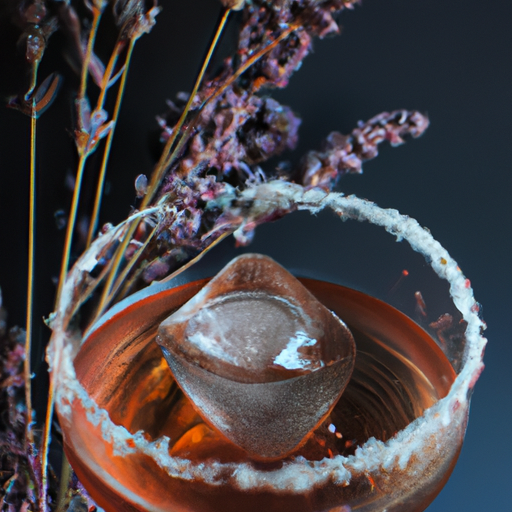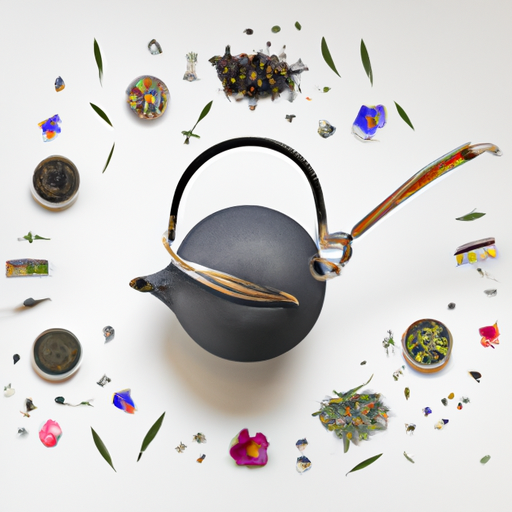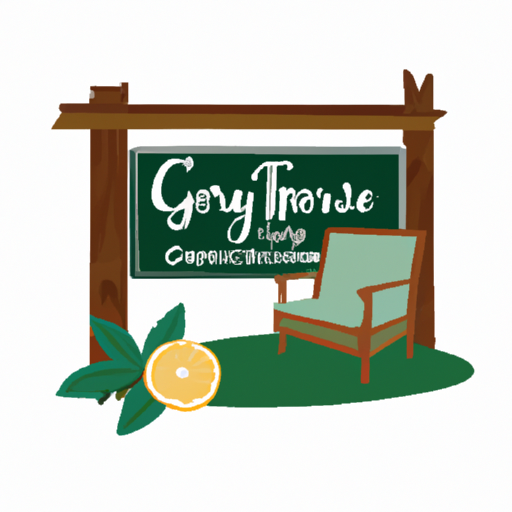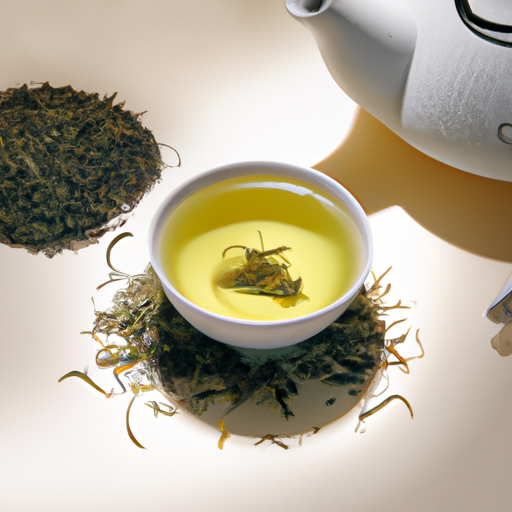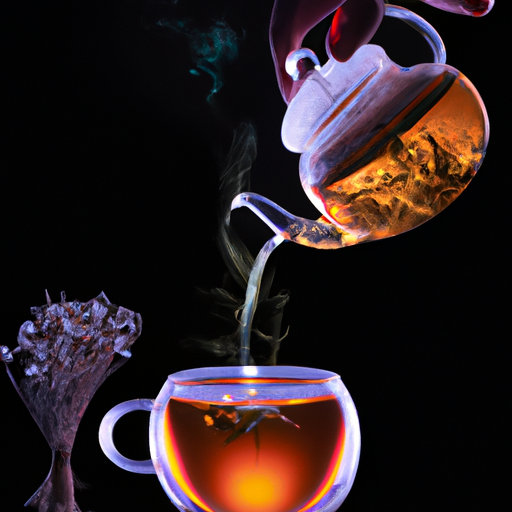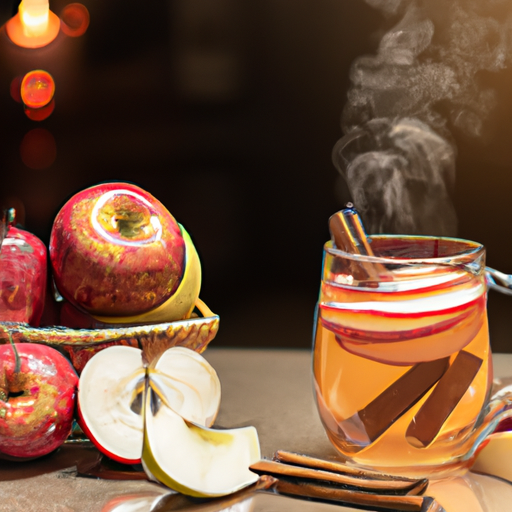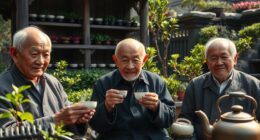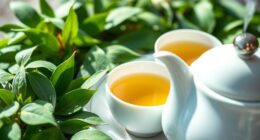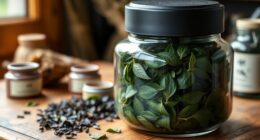Prepare yourself for a unique tea experience! Introducing the Earl Grey Cocktail: a timeless tea blend that will delight your palate in ways you’ve never imagined.
This exquisite concoction takes the beloved Earl Grey tea and elevates it to a whole new level of sophistication and refreshment. Imagine sipping on a cocktail that combines the rich and robust flavors of black tea with the aromatic essence of bergamot oil. It’s like a symphony of flavors dancing on your palate, creating a harmonious balance that is both soothing and invigorating.
To create this masterpiece, we brew Earl Grey tea, add a touch of sweetness with a homemade simple syrup, and infuse it with the citrusy notes of Grand Marnier and lemon juice. The result is a cocktail that is as elegant as it is refreshing, with a hint of orange to delight your senses.
So, whether you’re a tea aficionado or a cocktail connoisseur, join me on this journey as we explore the magic of the perfect Earl Grey Cocktail. It’s time to elevate your tea-drinking experience to new heights.
Cheers!
Key Takeaways
- The Earl Grey cocktail is a classic and delicious tea cocktail made with orange liqueur and Earl Grey tea.
- The recipe for the Earl Grey cocktail includes brewing Earl Grey tea, making a simple syrup, and adding Grand Marnier and lemon juice to a cocktail shaker filled with ice.
- The choice and amount of bergamot oil used in Earl Grey tea significantly affect its flavor.
- Premium Earl Grey teas made with natural bergamot oil are considered the best for an authentic and intense flavor.
What is it?
I’ve learned that Earl Grey tea is a popular flavored black tea that’s often blended with natural bergamot oil. It’s commonly used as a mixer for cocktails, lattes, and cooking. The history of Earl Grey tea dates back to the 19th century when it was introduced by British Prime Minister Charles Grey. Since then, it’s become one of the most beloved teas in the West. It’s known for its distinctive citrusy flavor and aroma. What sets Earl Grey tea apart is the addition of bergamot oil, derived from the bergamot fruit. Not only does it enhance the tea’s flavor, but it also offers health benefits. Bergamot oil is rich in antioxidants, which can help boost the immune system and promote overall well-being. Additionally, it’s believed to have calming properties, making a cup of Earl Grey tea a soothing and revitalizing beverage. So, whether you enjoy it on its own or as a base for a delicious cocktail, Earl Grey tea is a versatile and delightful choice.
Ingredients and Preparation
To make this delicious beverage, gather the necessary ingredients and follow the simple steps for preparation. Here’s a list of what you’ll need:
-
Earl Grey tea bags: Opt for high-quality brands like Adagio or Fortnum & Mason for the best flavor.
-
Orange liqueur: Grand Marnier or Cointreau are popular choices that add a delightful citrus note.
-
Lemon juice: Freshly squeezed for a tangy kick.
To prepare the cocktail, start by brewing a strong cup of Earl Grey tea. Let it cool before adding it to a cocktail shaker filled with ice. Next, pour in a generous amount of orange liqueur and a splash of lemon juice. Shake everything vigorously and strain into chilled coupe glasses.
The result is a refreshing and aromatic Earl Grey cocktail with a twist. Cheers to the perfect blend of tea and spirits!
Tips for Making
When making this delicious beverage, one helpful tip is to use high-quality Earl Grey tea bags for the best flavor. The choice of tea can greatly impact the taste of the cocktail, so it’s important to invest in a good brand.
To serve the Earl Grey cocktail at a party, you can get creative with the presentation. Consider using decorative tea cups or mason jars to serve the drinks. You can also add a fun twist by garnishing each glass with a sprig of fresh lavender or a twist of lemon peel.
Another idea is to create a tea bar where guests can customize their own cocktails by adding different flavored syrups or fresh herbs. These creative variations will not only impress your guests but also add a unique touch to the classic Earl Grey cocktail.
The British Tea Culture
The British Tea Culture is deeply rooted in tradition and is known for its love of tea, which is evident in the daily consumption of over 165 million cups in Britain.
This rich tea heritage has given rise to a set of traditional tea etiquette and customs that are followed with great respect.
Here are five key aspects of the British Tea Culture:
-
Afternoon Tea: A cherished British tradition, where tea is accompanied by delicate sandwiches, scones, and pastries.
-
High Tea: Often mistaken as a fancy affair, high tea is actually a more substantial meal served in the late afternoon or early evening.
-
Tea Time: A designated time in the afternoon when tea is enjoyed, usually between 3 pm and 5 pm.
-
Tea Accessories: The British take pride in their tea sets, teapots, and fine bone china cups.
-
Milk First or After: There’s an ongoing debate on whether to add milk before or after pouring the tea, with regional variations across the UK.
The British Tea Culture is a timeless tradition that continues to be cherished and celebrated, showcasing the nation’s love for tea and its unique customs.
Frequently Asked Questions
How long should the Earl Grey tea be brewed for the cocktail?
For the perfect Earl Grey cocktail, the tea should be brewed for 3-5 minutes. This allows the flavors of the bergamot oil to infuse into the tea, enhancing its taste and aroma in the cocktail.
Can I use a different type of orange liqueur instead of Grand Marnier?
Yes, you can definitely use different orange liqueur options as substitutes for Grand Marnier in an Earl Grey cocktail. Some popular alternatives include Cointreau and Triple Sec, which both provide a delicious citrus flavor to complement the tea.
Is there a non-alcoholic version of the Earl Grey cocktail?
Yes, there are non-alcoholic alternatives for the Earl Grey cocktail. You can substitute the orange liqueur with orange juice or orange syrup for a fruity twist. Another creative option is to add sparkling water or ginger ale for a refreshing twist on this traditional tea blend.
Can I use Earl Grey tea bags instead of loose leaf tea for the cocktail?
Sure, you can use tea bags instead of fancy loose leaf tea for the cocktail. Pros: convenience and affordability. Cons: may affect flavor and quality. But hey, who needs perfection when you’ve got a drink in hand? Cheers!
What are some popular garnish options for the Earl Grey cocktail?
For the Earl Grey cocktail, popular garnish options include citrus peel and a lavender sprig. The choice of garnish can enhance the overall flavor, adding brightness and floral notes. Other tea blends like green or herbal teas can also be used as a base for cocktails. Remember to brew Earl Grey tea for 3-5 minutes for the best flavor.
Conclusion
In the world of cocktails, the Earl Grey cocktail is a hidden gem that adds a delightful twist to the classic tea blend. It’s like sipping on a symphony of flavors, with fragrant bergamot oil and a touch of Grand Marnier. Just like brewing a perfect cup of Earl Grey tea, crafting this cocktail requires attention to detail and quality ingredients.
So, next time you want to elevate your cocktail game, let the Earl Grey cocktail transport you to a realm of exquisite taste and elegance. Cheers to a truly unique experience!

